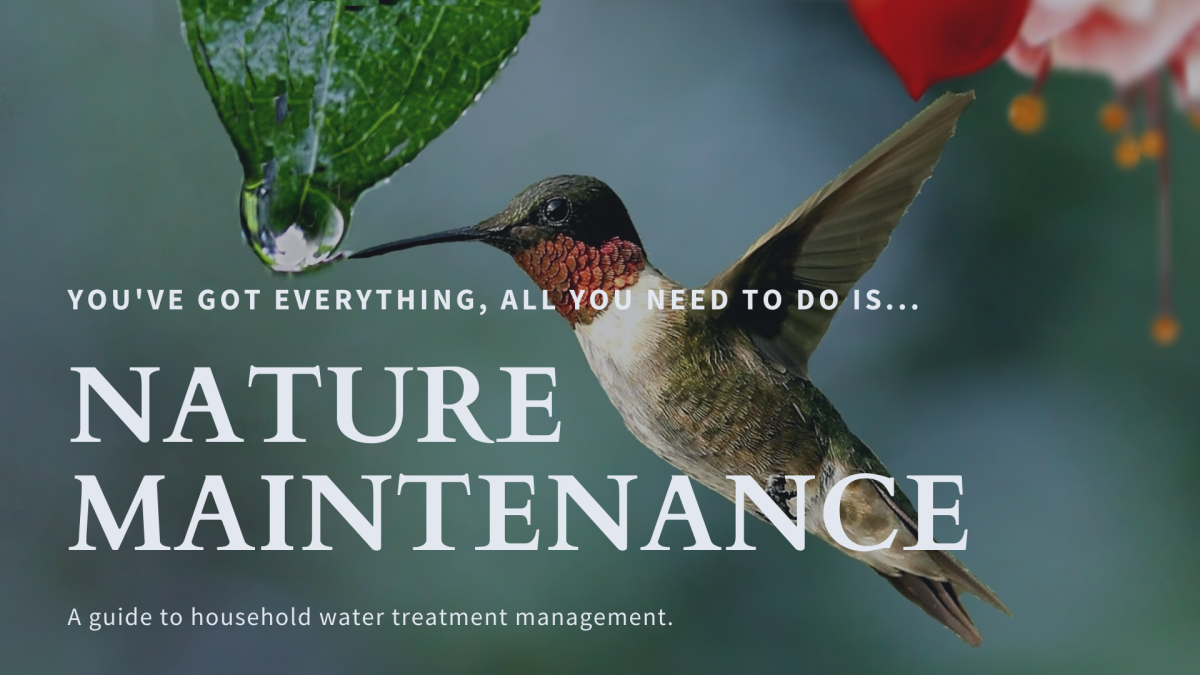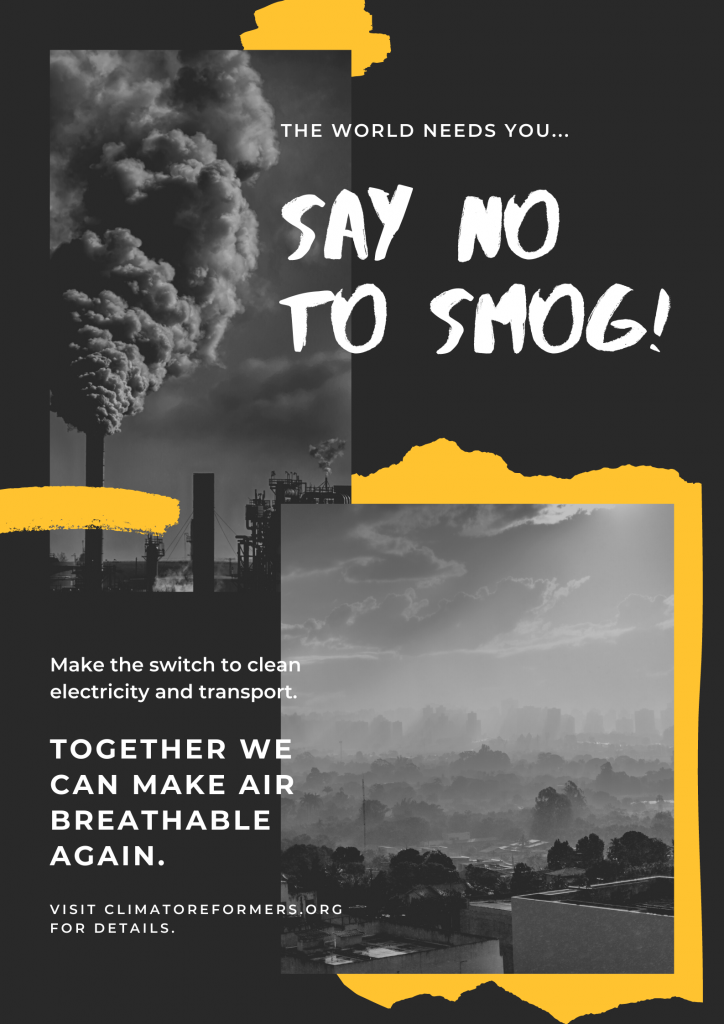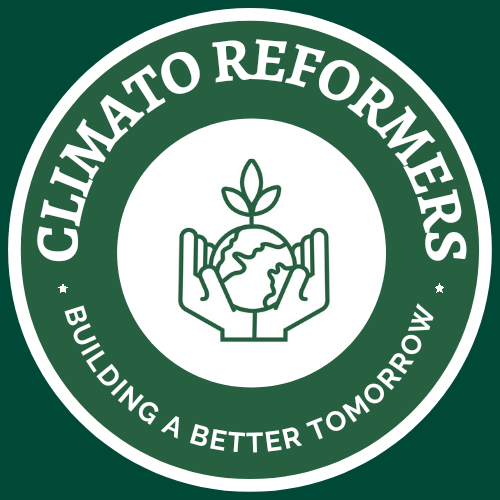Nature is painting for us, day after day, pictures of infinite beauty.
John Ruskin
Month: April 2021

Nature Maintenance is the Care and Management of Nature.
Nature has a relative attribute with humans. It has already provided us enough resources for our wellbeing, so it is our duty to maintain its vitality. Nature maintenance is the care and management of nature and water is its integral part. If every individual makes an effort to keep the environment clean, the percentage of water pollution gradually decreases and less energy is consumed to make water drinkable as water treatment plants are significant consumers of energy.
Drinking water supplied by the government is considered safe but drinking water sources can become contaminated, causing sickness and disease. Public drinking water systems use different methods of water treatment to provide safe drinkable water as drinking water requires proper treatment to remove disease-causing germs. The most common steps in water treatment used by community water systems include:

Even though regulatory agencies, sets standards for public drinking water, many households use home water treatment units to:
- Remove specific contaminants
- Take extra precautions because a household member has a compromised immune system
- Improve the taste of drinking water
The most common types of household water treatment systems consist of:
- Filtration Systems
A water filter is a device which removes impurities from water through physical, chemical, and/or biological process. - Water Softeners
A water softener is a device that reduces the hardness of the water and water softener typically uses sodium or potassium ions to replace calcium and magnesium ions, the ions that create “hardness.” - Distillation Systems
Distillation is a process in which impure water is boiled so that the steam is collected and condensed in a separate container, leaving many of the solid contaminants behind. - Disinfection
Disinfection is a physical or chemical process in which pathogenic microorganisms are deactivated or killed. Examples of chemical disinfectants are chlorine, chlorine dioxide and ozone on the other hand physical disinfectants include ultraviolet light, electronic radiation, and heat.
Water treatment removes contaminants and undesirable components, or reduces their concentration so that the water becomes fit for its desired end-use.
This treatment is crucial to human health and allows humans to benefit from both drinking and irrigation. But the cost of energy used in it is high, which again leads to nature’s exploitation, so nature maintenance is very much needed.
Quote of the day

The fairest thing in nature, a flower, still has its roots in earth and manure.
D. H. Lawrence
Photo by Adrianna Calvo
STOP CLIMATE CHANGE
We need a Systemic solution
Temperature rise on land is about twice the global average increase, leading to desert expansion and more common heat waves and wildfires. Temperature rise is also amplified in the Arctic, where it has contributed to melting permafrost, glacial retreat and sea ice loss. Warmer temperatures are increasing rates of evaporation, causing more intense storms and weather extremes. So now is the time to act and Stop Climate Change.
Climate change includes both Global Warming driven by human-induced emissions of greenhouse gases and the resulting large-scale shifts in weather patterns.
Impacts on ecosystems include the relocation or extinction of many species as their environment changes, most immediately in coral reefs, mountains, and the Arctic.

Here’s what you can do:
- Aim for a Zero Food Waste household.
- Collect and store rainwater for home use.
- Invest in Energy-Efficient appliances.
- Take a more sustainable Transport Route.
- Support local Farmers and small businesses.
- Volunteer in River and Waterway Clean-up drives.
- Urge your government to enforce environmental policies.
- Share with others what you Learned about Climate Change.
Climate change threatens people with food insecurity, water scarcity, flooding, infectious diseases, extreme heat, economic losses, and displacement so these impacts have led the World Health Organization to call climate change the greatest threat to global health in the 21st century.
In the 1980s, the terms global warming and climate change were introduced. The former referring only to increased surface warming, while the latter describes the full effect of greenhouse gases on the climate.
The largest driver of warming is the emission of greenhouse gases, of which more than 90% are carbon dioxide (CO2) and methane. But burning of Fossil fuels (coal, oil, and natural gas) for energy consumption is the main source of these emissions. Additional contributions are from agriculture, deforestation, and manufacturing.
Even if efforts to minimize future warming are successful, some effects will continue for centuries, including rising sea levels, rising ocean temperatures, and ocean acidification.
Courtesy – Wikipedia
It will take a global effort but it can
start with you.
Quote of the day

Let every dawn be to you as the beginning of life, and every setting sun be to you as its close.
John Ruskin
Plastic recycling started in the 1970s, in part as a response to the growing amount of plastic waste.
Materials recovery facilities are responsible for waste plastic recycling, sorting and processing. As of 2019, due to limitations in their economic viability, these facilities have struggled to make a meaningful contribution to the plastic supply chain. The plastics industry has known since at least the 1970s that recycling of most plastics is unlikely because of these limitations. However, the industry has lobbied for the expansion of recycling while companies have continued to increase the amount of virgin plastic being produced.
DOING OUR PART FOR THIS PLANET

Reduce Your Consumption
Don’t buy what you don’t need and minimise purchase & use of single use plastics.
Reuse What You Can
Find ways to refurbish items or donate and trade with others
Segregate Your Waste
Put biodegradable and non-biodegradable garbage in separate bins
Separate Glass, Metal and Plastics
Further separate glass, metals and plastics in different bins for easier recycling
Get Familiar With Your System
Figure out your city’s waste disposal system and follow the designated schedule
When different types of plastics are melted together, they tend to phase-separate, like oil and water, and set in these layers. . Each time plastic is recycled, additional virgin materials must be added to help improve the integrity of the material. Therefore, even recycled plastic has new plastic material added in. Moreover, the same piece of plastic can only be recycled about 2–3 times. Thus, even when plastics have a resin code, or are collected for recycling, only a small portion of that material is actually recycled. For example, as of 2017, only 8% of US plastic was recycled.
Since almost all plastic is non-biodegradable, recycling can be part of reducing plastic in the waste stream. This is important, for example, for reducing the approximately 8 million metric tons of waste plastic that enters the Earth’s ocean every year.
However, because of the complexity of recycling, a substantial amount of plastic that is collected for recycling is processed in other ways, such as through trash incineration, or not processed at all.
Courtesy – Wikipedia
LET’S MAKE OUR COMMUNITY CLEAN !!
Smog Pollution Effects & Causes
Smog is air pollution that reduces visibility. Today, most of the smog we see is photochemical smog. Photochemical smog is produced when sunlight reacts with nitrogen oxides and at least one volatile organic compound (VOC) in the atmosphere. Nitrogen oxides come from car exhaust, coal power plants, and factory emissions. VOCs are released from gasoline, paints, and many cleaning solvents. When sunlight hits these chemicals, they form airborne particles and ground-level ozone—or smog. Smog pollution effects the very nature of vitality.
The term “smog” was first used in the early 1900s to describe a mix of smoke and fog. The smoke usually came from burning coal. Smog was common in industrial areas, and remains a familiar sight in cities today.

Ozone can be helpful or harmful. The ozone layer high up in the atmosphere protects us from the sun’s dangerous ultraviolet radiation. But when ozone is close to the ground, it is bad for human health. Ozone can damage lung tissue, and it is especially dangerous to people with respiratory illnesses like asthma. Ozone can also cause itchy, burning eyes.
Smog pollution effects adversely being unhealthy to humans and animals, and it can kill plants. Smog is also ugly. It makes the sky brown or grey. Smog is common in big cities with a lot of industry and traffic. Cities located in basins surrounded by mountains may have smog problems because the smog is trapped in the valley and cannot be carried away by wind. Los Angeles, California, and Mexico City, Mexico, both have high smog levels partly because of this kind of landscape.
Many countries, including the United States, have created laws to reduce smog. Some laws include restrictions on what chemicals a factory can release into the atmosphere, or when the factory can release them. Some communities have “burn days” when residents can burn waste such as leaves in their yard. These limits on chemicals released into the air reduce the amount of smog.
Everyone can do their part to reduce smog by changing a few behaviours, such as:
- Drive less. Walk, bike, carpool, and use public transportation whenever possible.
- Take care of cars. Getting regular tune-ups, changing oil on schedule, and inflating tires to the proper level can improve gas mileage and reduce emissions.
- Fuel up during the cooler hours of the day—night or early morning. This prevents gas fumes from heating up and producing ozone.
- Avoid products that release high levels of VOCs. For example, use low-VOC paints.
- Avoid gas-powered yard equipment, like lawn mowers. Use electric appliances instead.
Smog is still a problem in many places…
Courtesy – National Geographic Encyclopaedia.
Quote of the day
Nature does not hurry, yet everything is accomplished.
Lao Tzu
Quote of the day
There are no lines in nature, only areas of colour, one against another.
Edouard Manet


